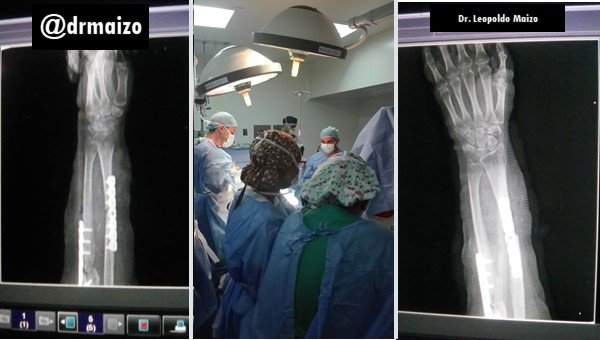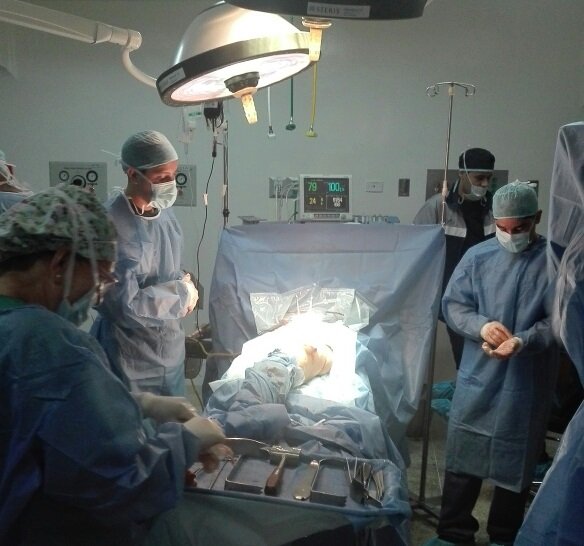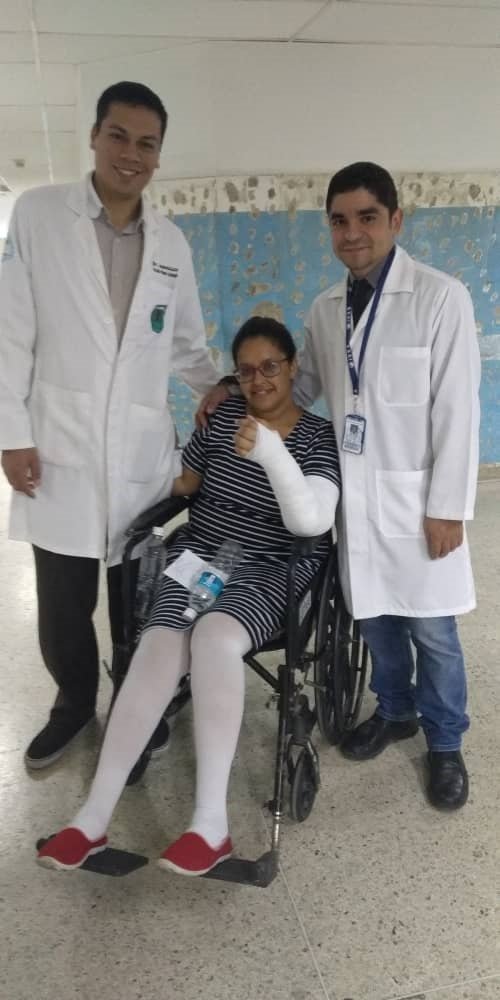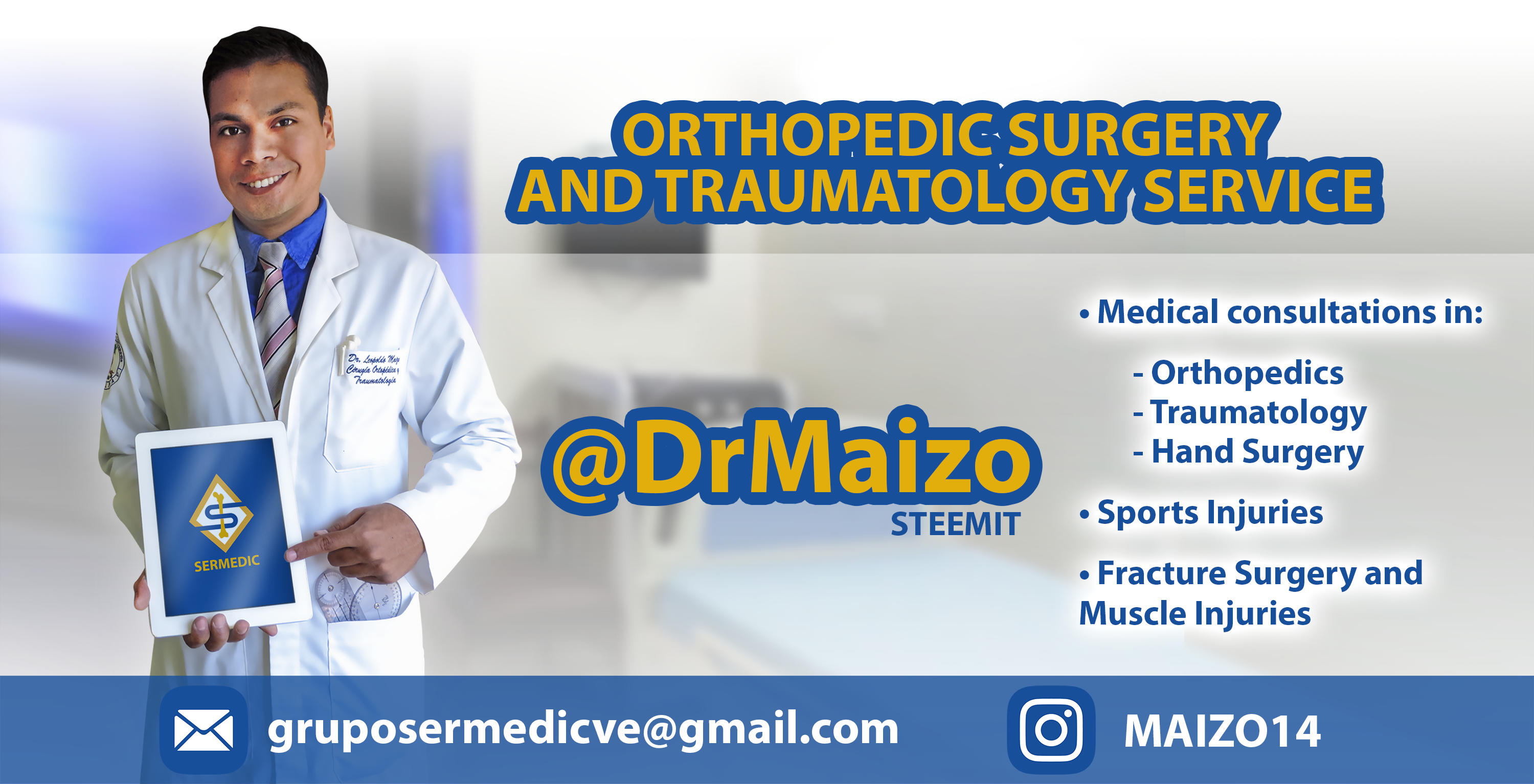Some data on fractures in the hand

The Hand
The hand is made up of many bones. This frame serves as the attachment point for the muscles that make the wrist and fingers move. A fracture occurs when enough force is applied to a bone to "break" it. When this happens there is pain, swelling and less use of the injured part. Fractures can be simple, in which bone fragments are aligned and stable. Other fractures are more complicated: they are unstable and bone fragments tend to shift or change location. Some fractures occur in the diaphysis (the trunk) of the bone, while others break the surface of the joint. Comminuted fractures (when the bone breaks into many fragments) usually occur because of a high energy force and are often unstable. An open (exposed) fracture occurs when a fragment of bone exits the skin. In the case of exposed fractures, there is some risk of infection.


Symptoms
Fractures often occur in the hand. A fracture can cause pain, stiffness, and loss of movement. Some fractures cause an obvious deformity, like a twisted finger, but many do not. Because of the close relationship between the bones and the ligaments and tendons, the hand may become stiff and weak after the fracture is consolidated. Fractures involving joint surfaces can cause early arthritis in affected joints.
To achieve good function, it is not always necessary for the bone to be perfectly aligned on the x-ray. A bony lump may be seen at the fracture site as the bone consolidates, known as a "fracture callus. This works like a "spot weld.


Treatment
An evaluation and x-rays are usually needed so the doctor can tell if there is a fracture and help determine treatment. Depending on the type of fracture, the hand surgeon may recommend one of several methods of treatment.
A splint or cast may be used to treat a fracture that is not displaced, or to protect a fracture that has been reduced [repaired]. Some displaced fractures may need to be reduced and held in place with wires or pins without making an incision. This is called closed reduction and internal fixation.
Other fractures may need surgery to put the bone in place (open reduction). Once the bone fragments are in place, they are held in place with pins, plates, or screws. Fractures that alter the surface of the joint (joint fractures) usually need to be put in place more precisely to restore the surface of the joint as best as possible.
Dr. Leopoldo Maizo - Orthopedic Surgeon


Firma diseñada por @themonkeyzuelans, contáctalos vía Discord "themonkeyzuelans#9087"
Great projects from the Steemit community:
- My Fundition campaign: https://fundition.io/#!/@drmaizo/6f88ggj8h



.png)
This project is being supported by @Fundition the next-generation, decentralized, peer-to-peer crowdfunding and collaboration platform, built on the Steem blockchain.
Read the full details of Fundition Fund program
Learn more about Fundition by reading our purplepaper
Join a community with heart based giving at its core
Fundition is a non profit project, by supporting it with delegation you are supporting 200+ projects.
50SP100SP200SP500SP1000SP2000SP5000SP10000SP